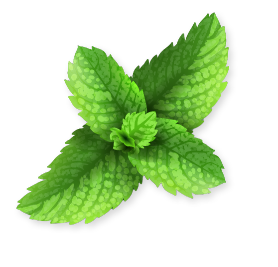- Fatigue
- Jaundice symptoms
- Abdominal pain or discomfort especially in the upper right side
- Swelling in the abdomen or legs
- Nausea and vomiting
- Dark urine and pale or black stools
- Unexplained weight loss
- Itchy skin
- Easy bruising and bleeding
WHAT IS CHRONIC LIVER DISEASE?
Chronic Liver Disease (CLD) refers to long-term damage to the liver that progresses over months or years. Unlike acute liver conditions that occur suddenly, chronic liver disease develops gradually and can lead to serious complications, including liver failure, cirrhosis and cancer, if left untreated. It is a broad term that encompasses a range of liver conditions, some of which can be life-threatening.
SIGNS AND SYMPTOMS
The symptoms of chronic liver disease can vary depending on the health of the patient, severity of the disease and the underlying cause. In its early stages, CLD may not cause noticeable symptoms, but as the condition progresses, it can result in:
CAUSES
Several factors can contribute to the development of chronic liver disease, including:
- Chronic Hepatitis Infections (Hepatitis B and C): Hepatitis B and C are viral infections that cause long-lasting inflammation in the liver, which can lead to cirrhosis (scarring of the liver) and liver cancer if not properly managed.
- Alcoholic Liver Disease: Excessive alcohol consumption over time can damage liver cells, leading to fatty liver, alcoholic hepatitis, and ultimately cirrhosis.
- Non-Alcoholic Fatty Liver Disease (NAFLD): NAFLD is a condition where fat builds up in the liver in individuals who do not drink alcohol excessively. It is closely associated with metabolic risk factors such as obesity, diabetes, and high cholesterol.
- Autoimmune Hepatitis: Body’s immune system becomes over active and mistakenly attacks liver cells, causing inflammation and potential liver damage.
- Genetic Disorders Hemochromatosis : (excess iron accumulation) and Wilson’s disease (excess copper accumulation) can also lead to chronic liver damage.
- Liver Cirrhosis: It’s often the end result of long-standing chronic liver disease caused due to fibrosis of liver tissue and can impair liver function significantly.
TREATMENT AT SANJEEVANAM
At Sanjeevanam, chronic liver disease care, combines Ayurveda, yoga, physiotherapy, and herbal medications to support a holistic recovery process. Ayurveda offers a potent approach for early-stage liver conditions, notably Kamala (Hepatitis A & B) and Kumbhakamala (Ascites linked to liver damage). Ayurveda helps in reducing the progression of the organ damage, address underlying issues, and improving immunity.
Ayurvedic approach
- we focus on reducing the pitta dosha. The best Panchakarma method for Pitta detoxification is through virechana (medically induced purgation). Treatments also includes Snehapanam (Medicated Ghee Intake), which is the first stage of correcting the fat metabolism. Other Ayurvedic treatments like Abhyanga (oil massage) Nasya (nasal instillation) and Shasthika Shali Lepanam (herbal rice paste) help to improve nourish and tone the tissues. Localized treatments such as Lepanam (medicated paste) target specific discomforts such as swelling etc and promote healing.
Yoga
- Yoga, mainly through pranayama with meditation sessions, enhances mental well-being, aiding in both physical and emotional recovery.
Physiotherapy
- Personalized physiotherapy or light exercises focus on achieving a healthy lifestyle, improving physical fitness, and thereby improving quality of life.
BOOK APPOINTMENT
























